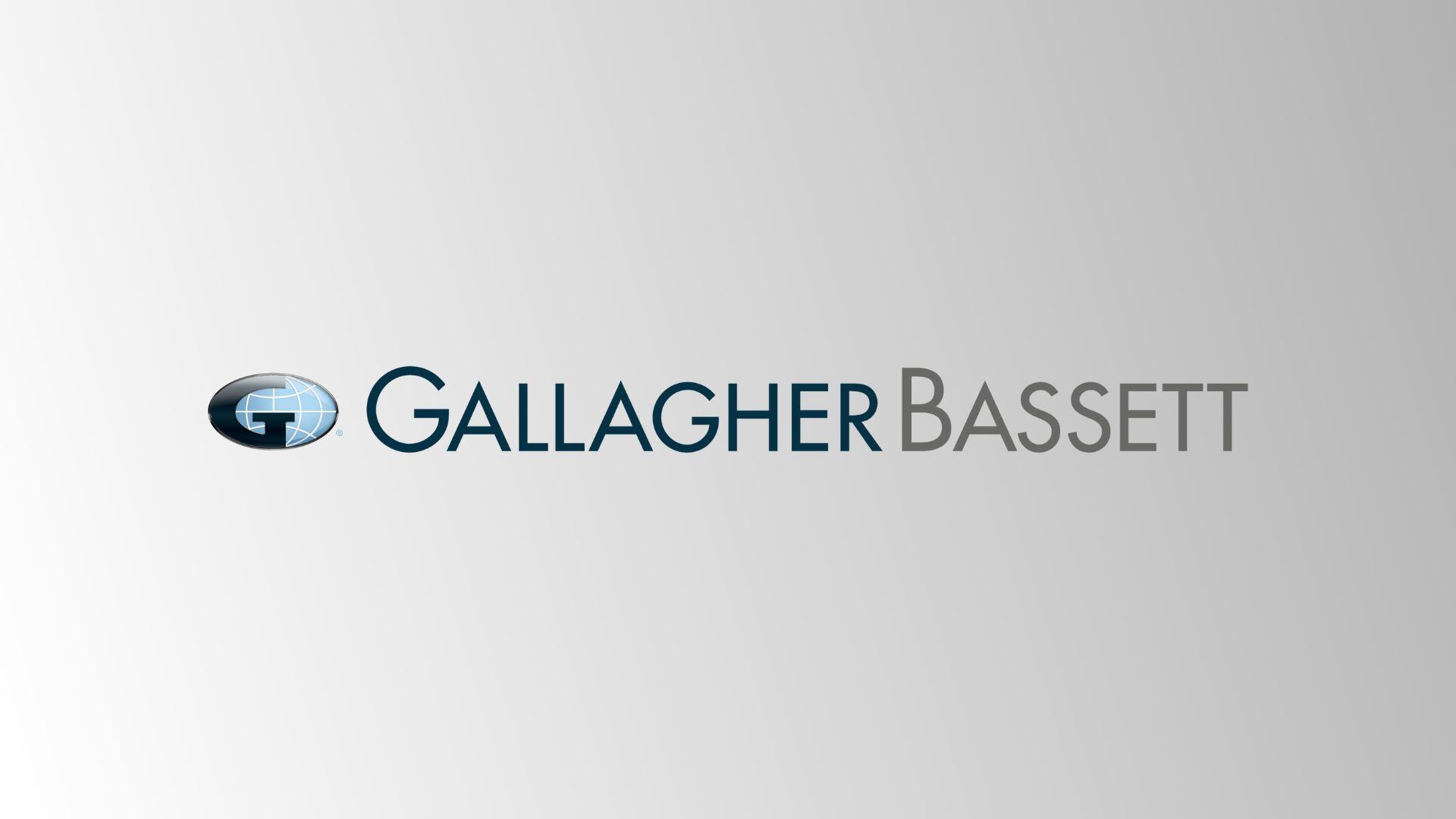Personalised Insurance for Today’s Policyholders

To many individuals, getting appropriate insurance and having the peace of mind that they are protected against tangible losses, is an important part of their financial plan and having a secured future. However, in this day and age, with the advancements in technology, customers won’t just settle for a generic, one-size-fits-all insurance policy. Whether its health, life, home, or car insurance, customers are now demanding personalised insurance and solutions that match their needs and lifestyles.
According to an Accenture study, 88% of insurance policyholders look for personalisation from providers. Fortunately, the insurance industry is well-aware of this with a more tailored approach becoming more and more common amongst insurers.
In order for insurers to deliver the personalisation consumers are after, they need to truly know their consumers. In the same way, policyholders need to be more open in sharing personal and behaviour data with their insurers.
Aside from the usual demographic data (age, gender, race, residence, marital status, education, employment or business), insurance companies need to know about the consumers’ usage and behavioural data.
Why? Because in exchange for this vital information, they could get customised messages and offers, lower premiums, tailored coverage pricing and recommendations, and even quicker claims settlement.
As we now live in the digital age where smartphones, ‘wearables,’ ‘embeddables,’ and apps are used for anything from communication, health and wellness, finance and banking and GPS, insurance companies are asking for, and gaining access to this data as well.
The data collated from a consumers profile, social media data, and transaction history via mobile app or other platforms, provide insurance companies with a better idea of the consumer’s lifestyle and behaviour in order to personalise their insurance.
An example of this is how black boxes and telematics are being used for Usage Based Insurance (UBI) and Behaviour Based Insurance which helps price insurance in a way that rewards drivers for safe driving.
UBI products is where you estimate the number of kilometres you are going to drive in a year and the insurer factors this into the underwriting risk calculation. If it looks like you are going to go over this limit you can notify them and ‘top-up’ by paying an additional premium.
The advent of Telematics has opened up the opportunity for insurers to collect real-time data relating to kilometres travelled and therefore to offer accurate UBI cover. This approach is already moving the PAYD concept to PHYD (Pay How You Drive).
Behaviour Based Insurance uses telematics to generate a Driver scores based on the better/safer you’re driving. The higher your score, and the lower the premium you are charged. Those travelling less distance, in less congested areas, outside of peak traffic hours and/or those driving more ‘safely’, are going to get cheaper premiums.
It isn’t just the motor sector that has decided that rating risk on real-time behaviour rather than ‘usage’ is the way forward.
Health insurance can now be personalised and has been reinvented through the use of wearables and analytics. Insurers are now monitoring consumer’s physical activity and by meeting targets that help you stay healthy, consumers can earn rewards and savings on their premiums.
Under home insurance, insurers now offer personalised and customised condo or flood insurance policies tailored-fit for the urban consumers and those living in flood- or disaster-prone areas, respectively.
Personalised insurance will certainly play a major part in the future of the insurance industry, considering the technological advancements happening today. Insurance companies are already delivering personalised services but with continuous innovation and development, insurance will become more and more personal.
Author

